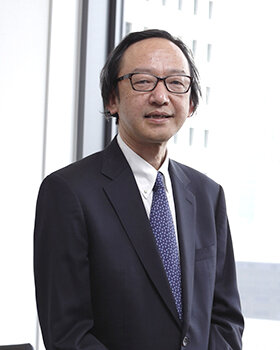WP Global Economy 2017.09.05
Working Paper(17-007E) "Development state evolving: Japan's graduation from a middle income country"
This paper reexamines the industrial policy in postwar Japan from perspectives of the literature on a "development state" and a "middle income trap". Japan transited from a middle income country to a high income country in the period from the 1950s to the 1970s. This process was characterized by a large structural change, such as resource reallocation from the primary industry to the secondary and the tertiary industries as well as resource reallocation within the secondary industry. Transition to a high income country is a challenging task for a middle income country. With respect to Japan, the industrial policy played a positive role in the transition. This was achieved by interactions between MITI and other related actors, who constrained and corrected MITI's attempts of excess intervention.
Development state evolving: Japan's graduation from a middle income country (PDF:843KB)
